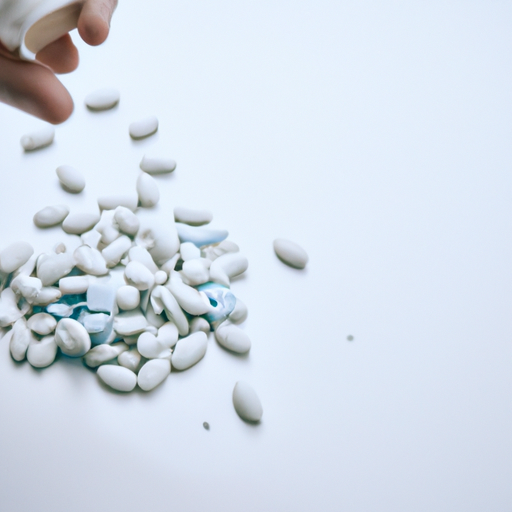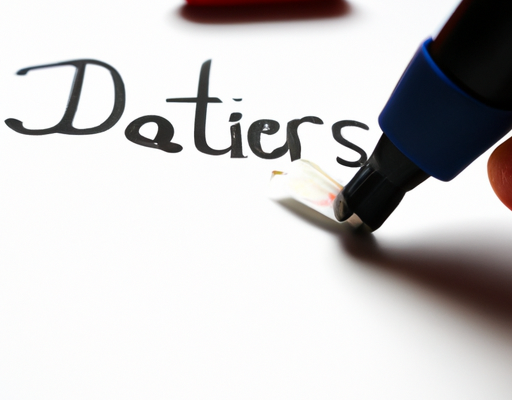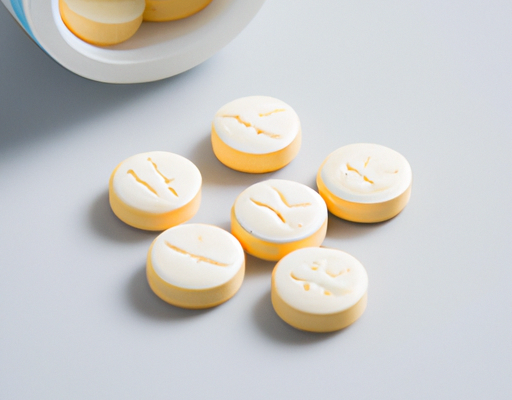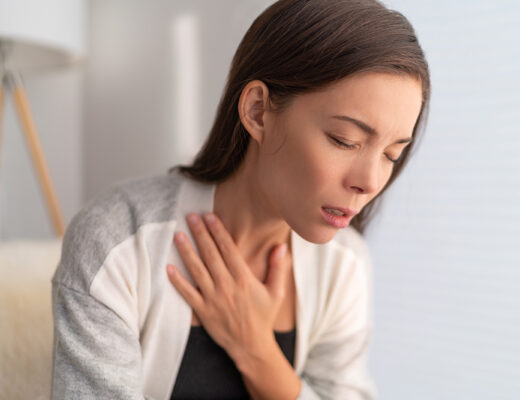Types of pimples
Pimples are generally classified according to their appearance and cause. Common types of pimples include whiteheads, blackheads, papules, pustules, cysts, and nodules. Whiteheads look like small white bumps and form when a pore is blocked with sebum and bacteria. Blackheads are a type of pimple that has a black center, caused when a pore is clogged with sebum and bacteria and can be either open or closed. Papules are small and firm bumps that are red or pink in color and can be quite painful. Pustules are like papules but contain a yellowish liquid called pus. Cysts are large bumps filled with a thick, yellowish liquid, and can be painful and can leave scarring on the skin. Nodules are hard, painful lumps that form beneath the skin’s surface and can be very large. It is important to seek medical advice in order to determine the best course of treatment for whatever type of pimple you might have.
Causes of pimples
Pimples, also known as acne, can be an annoying and uncomfortable skin condition. While it is most common in teenagers, it can affect people of all ages. Pimples can be caused by a variety of factors, including:
- Hormonal changes
- Excess oil production
- Dead skin cell buildup
- Bacteria
- Certain medications
- Stress
Hormonal changes such as increased androgen levels during puberty can cause the sebaceous glands to produce more oil, leading to pimples. Dead skin cells can accumulate on the surface of the skin due to improper cleansing, leading to clogged pores and pimples. Bacteria such as Propionibacterium acnes can cause inflammation and irritation in the pores, leading to pimples. Certain medications such as steroids and birth control pills can cause an increase in oil production, leading to pimples. Stress can also lead to the body producing more hormones, which can cause an increase in oil production and lead to pimples.
Prevention of pimples
Preventing pimples can seem like a daunting task, but there are simple steps you can take to keep your skin clear and healthy. Here’s a list of tips to help you prevent pimples:
- Wash your face regularly with a mild, gentle cleanser.
- Avoid using harsh soaps or facial scrubs.
- Use oil-free moisturizers, preferably containing sunscreen.
- Avoid picking, popping, or squeezing pimples.
- Keep your hands off your face as much as possible.
- Use non-comedogenic, oil-free cosmetics.
- Avoid over-exposure to the sun.
- Eat a balanced diet with plenty of fruits and vegetables.
- Drink plenty of water to stay hydrated.
- Reduce stress levels through regular exercise.
Doing these simple things can help keep your skin looking healthy and clear.
Treatments for pimples
Pimples or acne can be a nuisance for many people, leading to embarrassment and a lack of confidence. Fortunately, there are several treatments for pimples. Over-the-counter products containing benzoyl peroxide, salicylic acid and sulfur can be effective in helping to reduce the appearance of one’s pimples. In more severe cases, a doctor may prescribe a topical antibiotic, such as clindamycin, erythromycin, or others, to help reduce redness, swelling, and inflammation. For adults, oral antibiotics, such as tetracycline, minocycline, doxycycline, and erythromycin, may be prescribed. For those who want to take a more natural route, there are facial masks, herbal remedies, and tea tree oil, which are known to reduce the appearance of pimples. There are also laser treatments that can be used to reduce the appearance of scars and marks left by pimples. No matter which treatment is chosen, it is important to remember that consistency is key – patience and persistence yield the best results.
Home remedies for pimples
Pimples are a common skin condition that can affect individuals of all ages. Studies suggest that pimples are caused by bacteria, hormones, genetics, and even your lifestyle. It can be embarrassing and sometimes even painful. If you’re looking for ways to reduce the appearance of pimples, or even prevent them from occurring in the first place, home remedies are a great option. Some of the most effective remedies include drinking plenty of water, eating a balanced diet, avoiding processed foods, washing your face regularly, and applying natural astringents like tea tree oil onto the affected area. Additionally, if you’re looking to reduce inflammation, applying a honey and turmeric mask to the affected area can help. Overall, while pimples are common and can be hard to get rid of, there are various home remedies that can help reduce their appearance.
When to see a doctor
If you have a pimple that is causing you discomfort, it is usually best to wait and see if it clears up without treatment. However, if the pimple is particularly large, painful, is accompanied by fever, or is located in a sensitive area, it may be cause for concern. In such cases, it’s best to visit your doctor for a check-up. A doctor can assess the severity of the pimple and provide advice on the best course of action. Your doctor may also be able to distinguish a pimple from other skin conditions, such as a cyst or abscess, which may require medical treatment. It is always wise to err on the side of caution and seek medical advice if you are concerned about a pimple.





No Comments